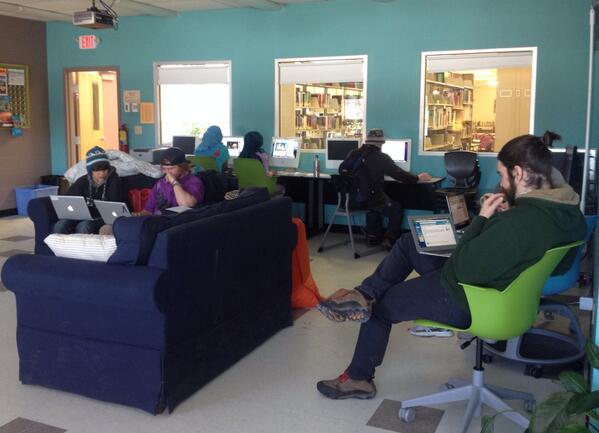We asked three Vermont educators to share some of the most powerful lessons they’ve learned from teaching virtually during the pandemic. Sona Iyengar, Robin Bebo-Long, and Emma Vastola joined us to share. Iyengar works at Winooski Middle School, in Winooski VT. Bebo-Long and Vastola both work in the Two Rivers Supervisory Union, down in southern Vermont. And all three educators touched on equity, student engagement, mental health, and much, much more.
Below, you can find a fully captioned video recording of the event.
Recording

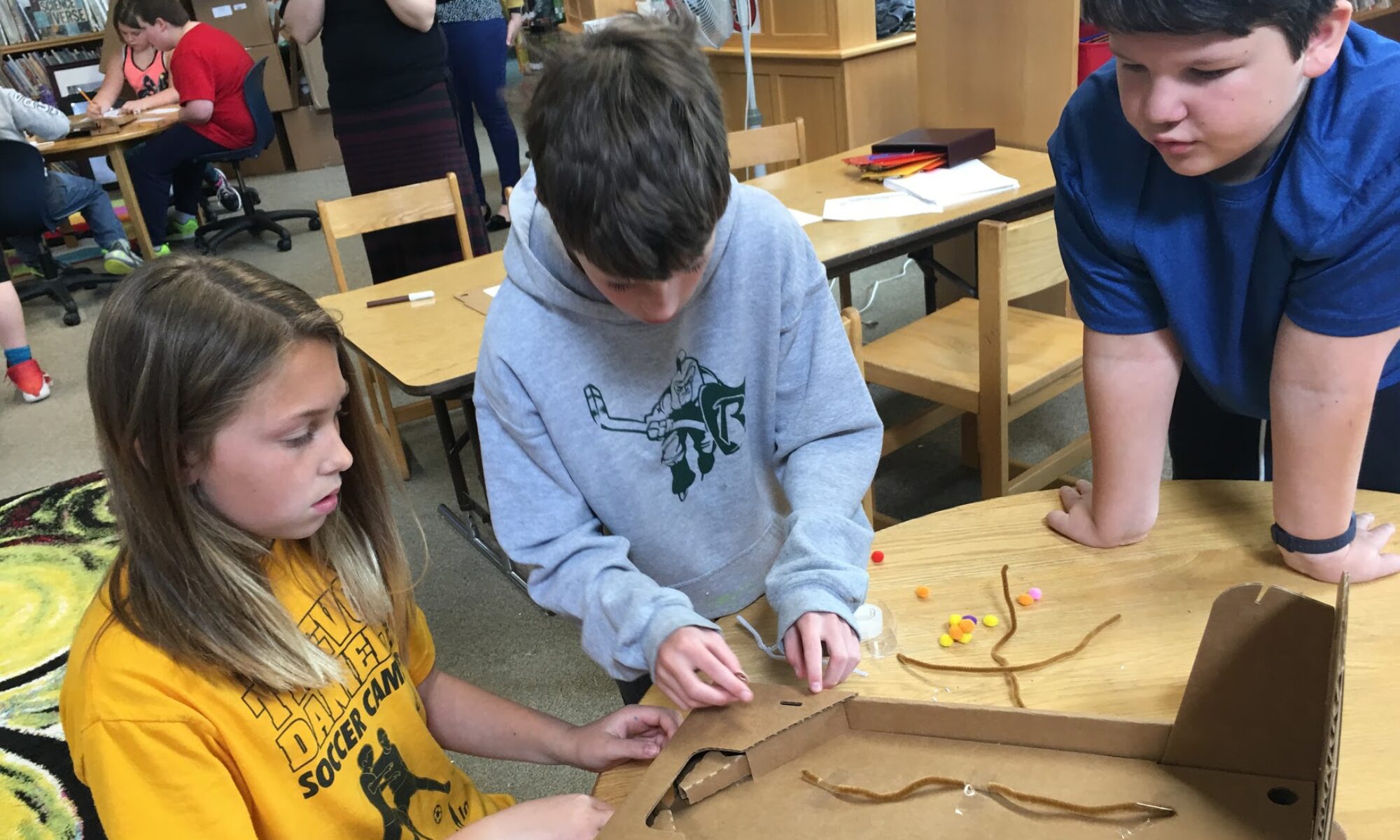

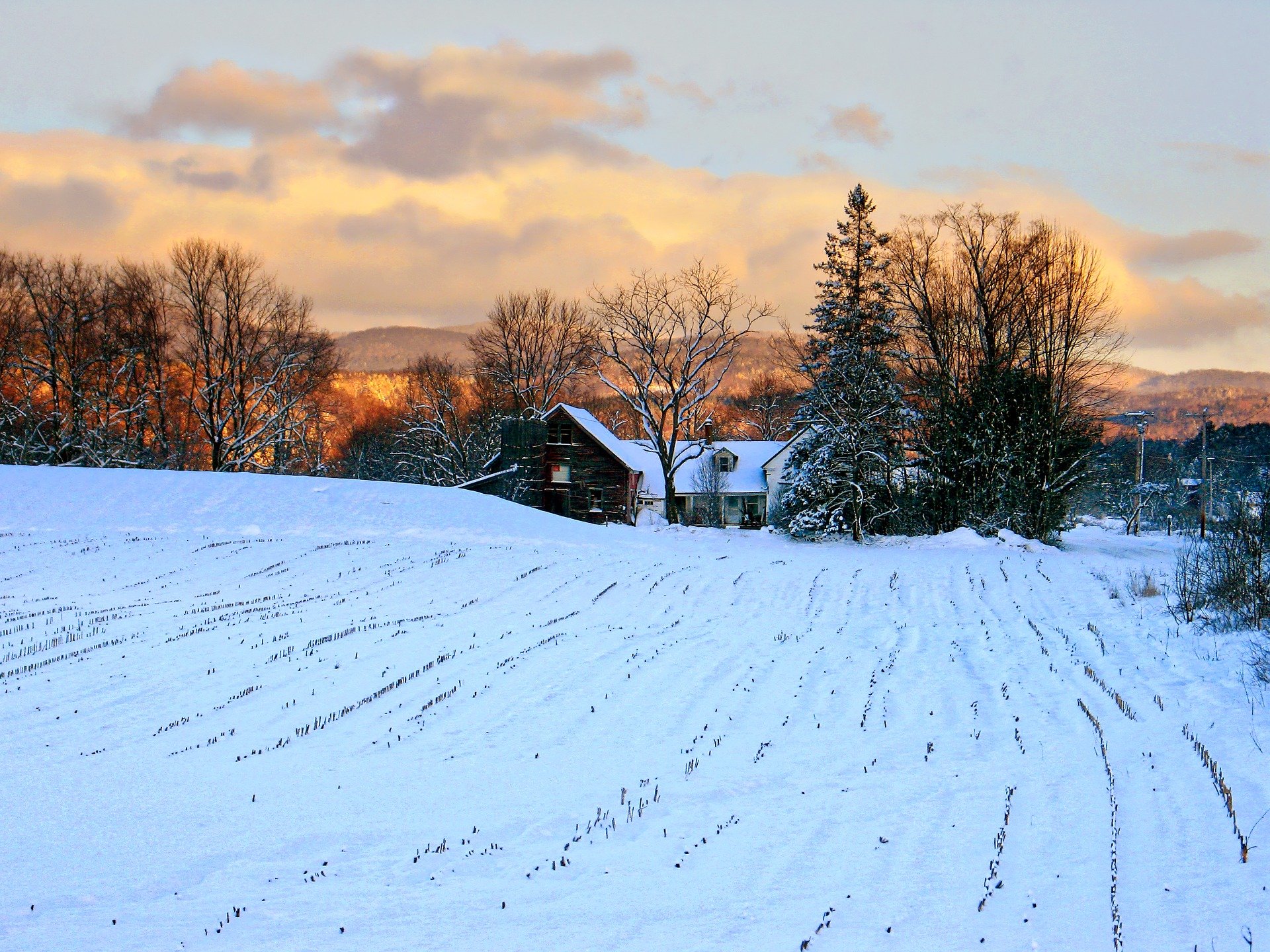
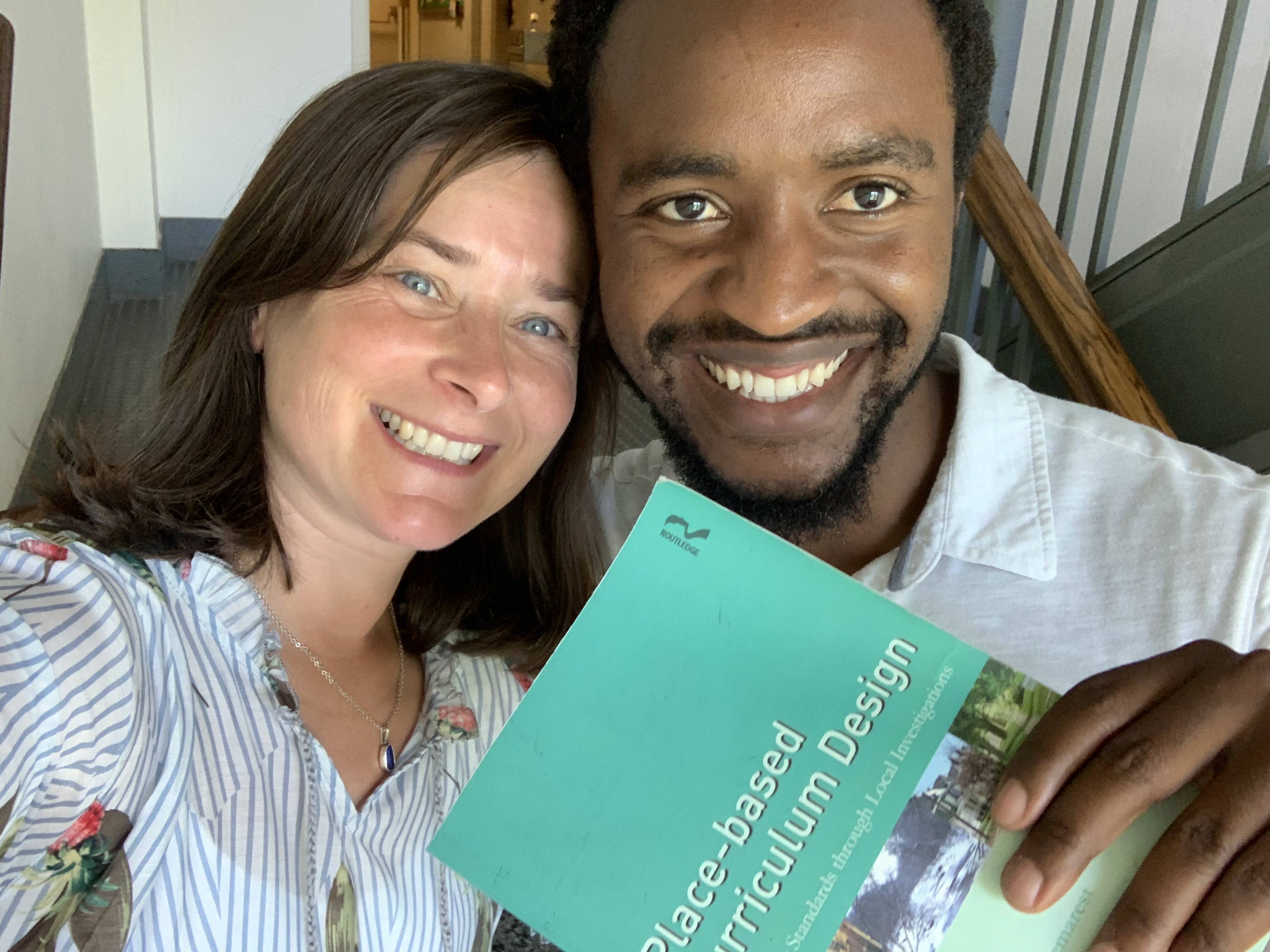
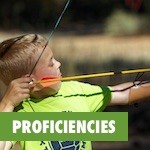
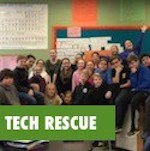 Using Google Forms and Google Sheets together can streamline your process and make all your tasks feel just a little more manageable.
Using Google Forms and Google Sheets together can streamline your process and make all your tasks feel just a little more manageable.